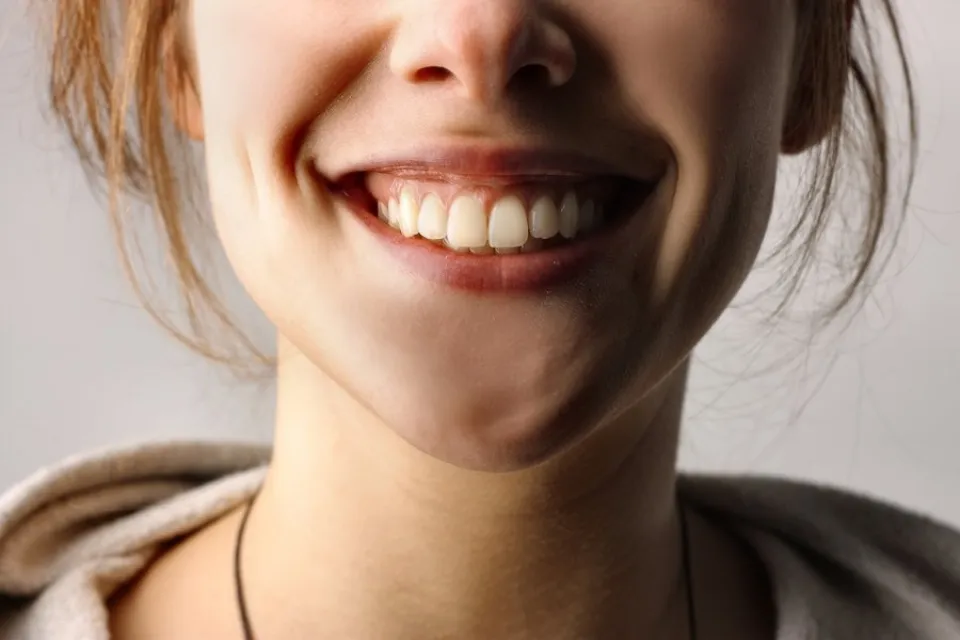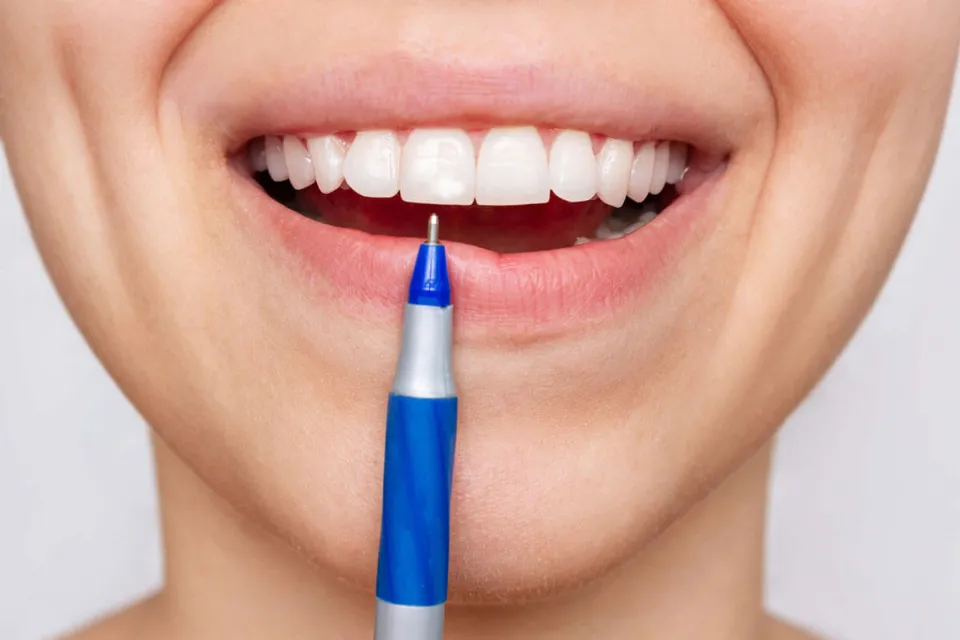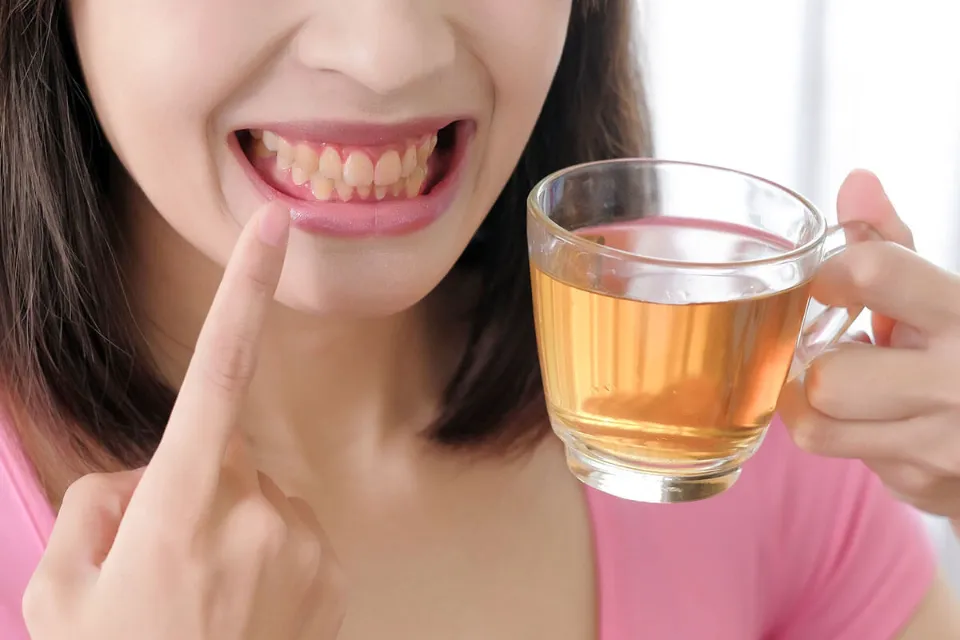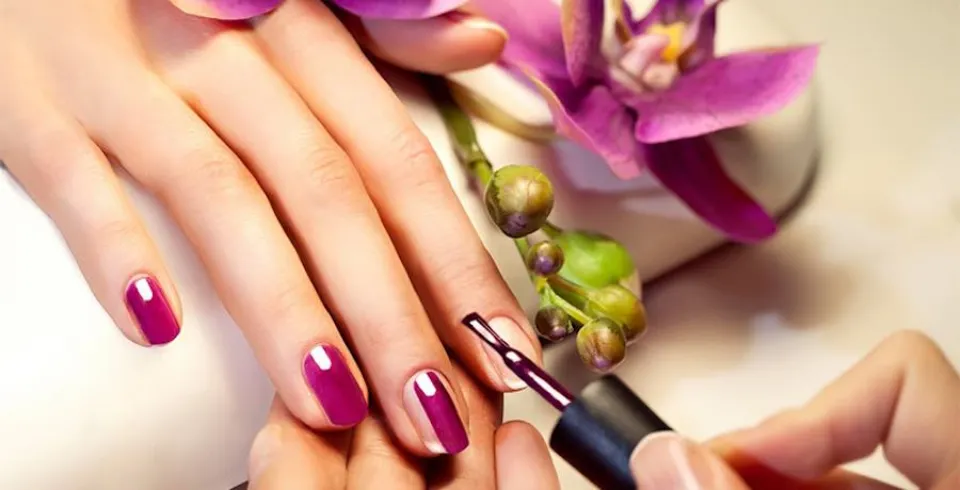Even if you take great care of your teeth by brushing them twice a day and visiting the dentist regularly, white spots may still appear on your teeth. So how to get rid of white spot on teeth?
Depending on the cause, there are various treatment options for white spots on teeth.
In this article, we look at the reasons why people might get white spots on their teeth, and provide tips for treating and preventing them.
What Causes White Spots on My Teeth?
There are several possible causes of white spots on the teeth.
Dental fluorosis is one common cause.
If a person consumes too much fluoride when they are young, they typically develop this condition. It typically doesn’t cause any harm and only appears just before the teeth begin to protrude through the gums.
Enamel hypoplasia is another typical cause.
When a person’s teeth enamel does not form properly, this condition develops. Hypoplasia, like fluorosis, only happens in children while their teeth are still forming. However, it might make tooth decay more likely.
Poor dental hygiene, particularly when someone is wearing braces, and consuming an excessive amount of acidic or sugary foods are other causes of white spots on the teeth.
Also Read:
How to Get Rid of White Spot on Teeth?

You can eliminate white spots on your teeth with better oral hygiene, a healthier diet, or keeping your mouth closed at night.
Microabrasion, veneers, whitening procedures, and sleep apnea treatments are all things that dental professionals can assist with.
- Better oral care: Better oral care must be part of the long-term treatment plan if poor oral hygiene is the primary cause of white spots. After eating, regularly brush your teeth and thoroughly rinse your mouth. Use only a small amount of toothpaste and floss in between your teeth.
- Dietary changes: The first step you should take is altering your diet if your diet is the reason for the white spots on your teeth. Avoid eating too much sugar and acidic food.
- Sleep apnea treatment: There are several treatments available if mouth breathing during sleep is the cause of the white spots on your teeth, which are signs of dehydration. Mouth tape, chin straps, or a DNA oral appliance can help with obstructive sleep apnea, often leading to mouth breathing and other health problems.
- Microabrasion: With this technique, the tooth enamel is gently scraped away in order to lessen the variety of shades in the white spots. This is not the best treatment because it involves removing a portion of your tooth’s structure.
- Teeth whitening: Teeth whitening may make your teeth look better, whether it’s through professional bleaching or take-home whitening strips. However, this approach does not address the underlying cause of your white spots. Potentially highlighting white spots brought on by fluorosis.
- Veneers: Your teeth’s fronts may have thin protective coverings (veneers) placed on them by a dentist for a variety of conditions, such as enamel hypoplasia or obstinate white spots. Professional fitting and application are required for biologically safe veneers.
- Composite resin: A dentist may use biologically compatible composite resin to fill cavities and strengthen dental enamel in people with mild enamel hypoplasia. This ought to result in an enhanced appearance and decreased sensitivity.
How to Prevent Teeth from Getting White Spots
Fluorosis can be avoided by parents of young children by raising awareness.
- Contact your city or town or conduct well water tests to keep track of the amount of fluoride present in your drinking water. The Centers for Disease Control advise using another drinking water source for children aged eight and younger if the fluoride level exceeds two milligrams per liter.
- For young children, swallowing toothpaste can be a problem. Use a pea-sized amount of toothpaste on kids between the ages of 2 and 6, and watch them to make sure they’re spitting the toothpaste out and not swallowing it.
- If a young child is not at a high risk of tooth decay, they typically don’t require a fluoride mouthwash.
- Use fluoride supplements only as necessary. Prior to use, discuss with your child’s dentist and pediatrician.
Extra care should be taken with dental hygiene when a patient has braces.
- The best way to avoid white spots is to brush and floss consistently.
- Use a water cleaner to get to those hard-to-reach areas or an electric toothbrush made for braces.
- Avoid foods high in sugar and acid, particularly sodas and sports drinks.
Final Words: How to Get Rid of White Spot on Teeth
White spots on your teeth will usually go away within a day if caused by dehydration or a couple of weeks if caused by poor oral hygiene.
Seek the advice of a dental expert if the discolored spots persist for more than two weeks.
Consult your dentist about your options, such as veneers or bleaching, if the appearance bothers you.
You Might Also Like: Does Baking Soda Whiten Teeth?
FAQs
Do White Spots on Teeth Go Away?
If they were brought on by dehydration or poor oral hygiene, white spots on your teeth will typically disappear within a day.
Which Toothpaste for White Spots on Teeth?
Remineralizing toothpaste is a popular and effective treatment for many types (not all, e.g. fluorosis) of white spots and white marks on teeth.




